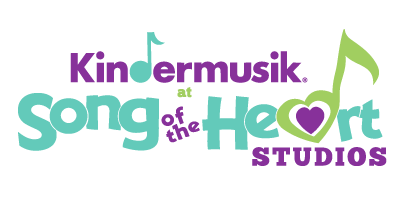Last weekend, as my husband and I were in Vegas celebrating an anniversary, I went to see Bodies. . . .the Exhibition, where I got to see the preserved remains of actual bodies. Although my husband got queasy and exited quickly, I found the exhibition to be remarkable—I left in complete amazement at how the body’s systems work together to allow me to do even the most simple of tasks. Fun fact: we actually shrink during the course of the day and when we go to sleep, we stretch out again.
Amazingly, however, it isn’t just our muscles that work in such harmony with our bones. The whole of our development results from a complex interaction between our genes and our environment. I’ve learned this week of a study that was conducted in the state of Georgia several years ago. A group of researchers wanted to know if they could influence the propensity of a child’s risky behaviors as they move through adolescence—including, for instance, their use of alcohol or marijuana. The 11-year-old African-American boys who were not in the control group attended seven seminars with their families, each with the intent to discuss communication strategies, parental and other familial relationships, cultural and racial pride, and discipline. After five years, it seemed that the seminars had had no effect—the researchers found no remarkable difference between the boys who had attended the seminars and those who hadn’t.
Nevertheless, with advancements in genetics, the researchers then tested each boy for a particular gene (5-HTTLPR, which is connected to the body’s level of serotonin, or the chemical responsible for our feelings of contentment). It was then they noticed a huge difference between the two groups of boys. If the boys had the long version of the gene, it didn’t matter whether they had attended the seminars or not—they had experimented with drugs, alcohol and sex at similar rates. However, for the boys who had the short version of the gene (those who were genetically more inclined to be at-risk), attending the seminars proved to make a substantial difference, as they showed a substantial decrease in rates of risky behaviors. In other words, despite their nature, the boys who received a different type of nurture took a less risky path in life.
Epigenetic is the term scientists use to refer to the effects of the environment on our genes. (Since they were just barely starting to map the human genome when I was learning about Mendel in high school, much of what I’ve learned this week has been revelatory.) While it has been obvious to me that nature and nurture work together to shape our development, I’ve been fascinated to learn that, in fact, they don’t just work in tandem. Rather, the relationship between our genes and our environment is much more dynamic than I realized.
One of the reasons I love sign language for babies is that through the process of giving little ones a way to communicate to their caregivers they can be the agents of change to shape their environment, which will in turn, influence their future growth. Instead of having to cry, or, as was the case with my son who was language delayed, go through myriad movements and gestures to get what they need (which are often met with frustration from their caregiver), kids are able to simply ask. Consequently, in addition to getting their needs met (a tremendous thing by itself), instead of being met with frustration and anger, they get praise. Now they have changed their nurturing environment. Of course, just because I learned to sign with my toddler didn’t mean I was a perfect parent; but, it generally allowed me to be calmer and more responsive—a setting much more conducive to additional, positive brain development.
For my family, I have found that Kindermusik, in general, continues to shape our home life. Attending with my preschooler once a week, I’m setting aside time to connect with her (I love being able to look into her eyes when Ms. Carol asks us). Reading books, dancing or listening to music together, gives both of us a meaningful way of interacting with each other.
We all come to Kindermusik class with differing natures. I love how Kindermusik nurtures the nurturing part of our lives, as well.

